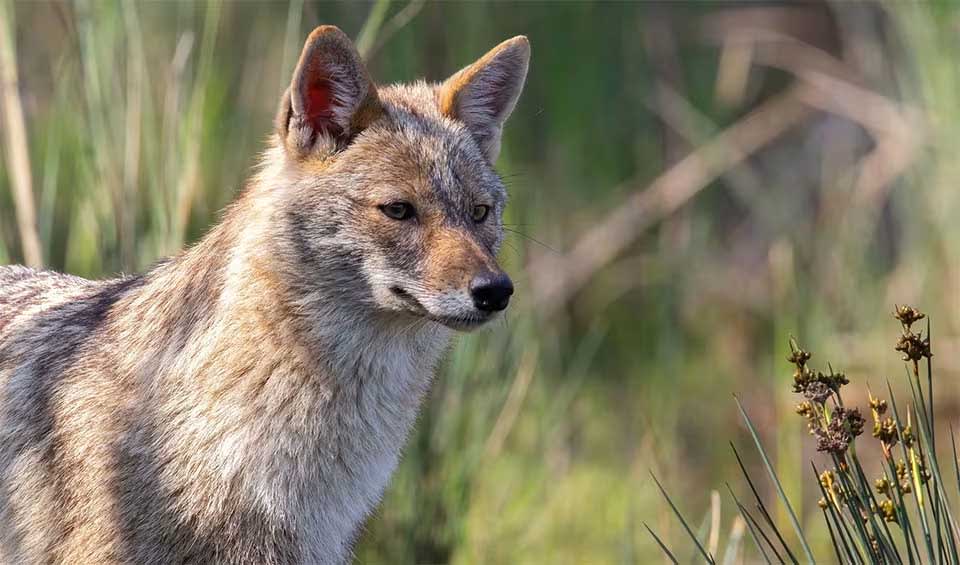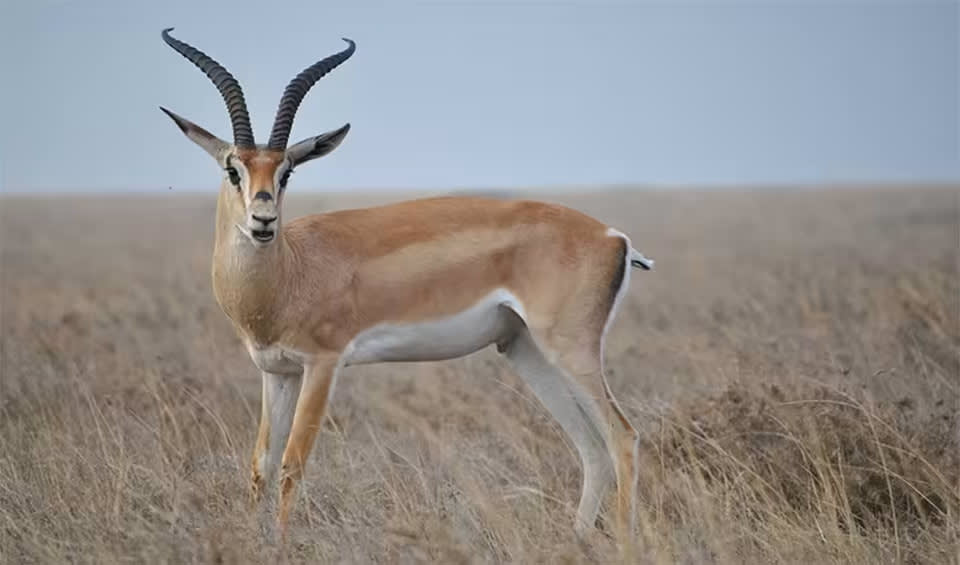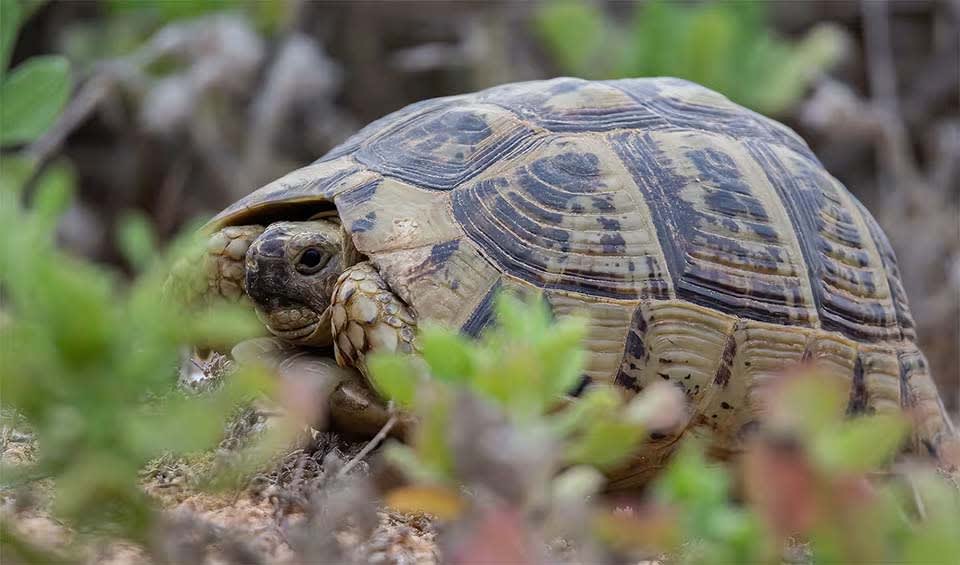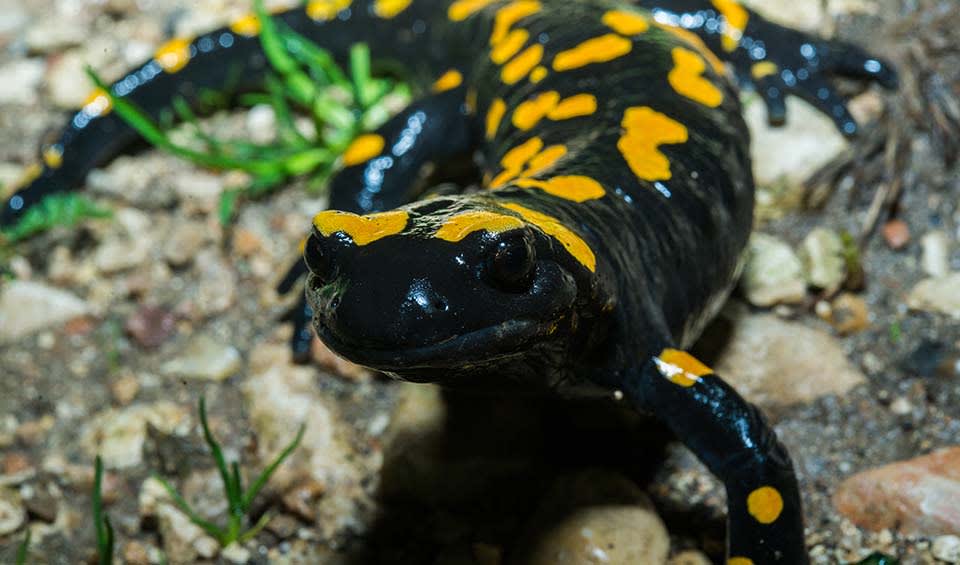Syria is situated on the eastern edge of the Mediterranean Sea, bordered by Turkey to the north, Iraq to the east, and Jordan and Palestine to the south. The country covers an area of around 185,200 km² (71,506 mi²) and boasts a Mediterranean coastline of about 183 kilometers. Syria features two parallel mountain ranges along its coast, separated by a rift that is an extension of the Red Sea, along with additional mountains inland. The predominant landscape is a plateau situated more than 500 meters above sea level. The Euphrates, Orontes, and Tigris Rivers flow through Syria, though their origins and endpoints lie in neighboring nations.
Roughly 55% of Syria’s land is dry steppe or semi-desert, mainly used for grazing sheep and goats. Agriculture, primarily consisting of dry farming of cereals and legumes, forms the agricultural backbone. Approximately 16% of the arable land is irrigated, representing about 6% of the country’s total area, with water primarily sourced from wells, supplemented by river and spring water.
Four pillars elaborated:
Syria maintains a modest system of protected areas, which encompass about 3% of its total land area, including national parks, nature reserves, and biosphere reserves. Most of these conservation zones are situated in the western and northwestern regions, covering both the coastal areas and mountainous terrains. Key protected sites in Syria include the Al-Shouf Cedar Nature Reserve, the Palmyra Oasis, and the Eastern Ghouta Protected Area. The International Union for Conservation of Nature (IUCN) categorizes these areas into different levels of management, such as national parks, nature reserves, and protected landscapes, each denoting the degree of protection and management efforts in place. Land Management
Land Management
The main factors contributing to biodiversity loss in Syria include ongoing conflict, overexploitation of land and water resources, and habitat destruction. The protracted civil war has led to significant environmental degradation, as warfare disrupts ecosystems, contaminates water supplies, and displaces wildlife. Overgrazing, deforestation, and unsustainable agricultural practices further erode the land, while water scarcity exacerbates the situation by stressing both plant and animal life. Urban expansion and infrastructure development also contribute to the fragmentation of habitats, threatening the survival of various native species. These challenges are compounded by climate change, which alters the natural habitats and conditions necessary for biodiversity to thrive. Threats to Biodiversity
Threats to Biodiversity
The Syrian government has taken several steps to safeguard its biodiversity, despite the significant challenges posed by ongoing conflict and economic issues. These measures include establishing protected areas like national parks and nature reserves, enacting laws to regulate hunting and land use, and implementing reforestation programs to combat desertification. Additionally, Syria collaborates with international organizations to bolster environmental projects and governance. The country also engages in research and monitoring to better understand and manage its ecosystems. However, the effectiveness of these conservation efforts is still hampered by the current civil unrest and the need for stronger environmental policies and infrastructure. Capacity and Governance
Capacity and Governance
The Syrian National Biodiversity Strategy and Action Plan (NBSAP) sets forth the nation’s strategy for the conservation and sustainable management of its biodiversity. It targets a range of ecosystems, such as natural forests, deserts, and agricultural lands. According to the CBD First National Report, key factors driving biodiversity loss in Syria include population growth and increasing demands from agriculture, industry, and urban development. The NBSAP highlights the significance of in-situ conservation, focusing on the preservation of biodiversity within its natural settings through a robust network of protected areas. Future Trends
Future Trends
Biodiversity
Despite challenges posed by its arid climate and recent conflicts, Syria’s natural landscapes range from coastal plains and fertile valleys to deserts and mountainous regions, each contributing to the country’s biodiversity. The coastal region along the Mediterranean Sea is one of Syria’s most biologically diverse areas. This region is characterized by Mediterranean forests, shrublands, and coastal wetlands that provide habitats for various plant and animal species. The coastal and marine environments are home to sea turtles, various fish species, and migratory birds that use these areas as stopover points. The forests in this region are dominated by pine, oak, and cypress trees and are home to wildlife such as the Syrian brown bear, wolves, and numerous bird species.Syria’s desert and steppe regions, such as the Syrian Desert and the Badia, are characterized by their unique adaptations to arid conditions. These areas support species like the Arabian oryx, sand gazelle, and desert fox. The flora in these regions includes hardy shrubs, grasses, and acacia trees that can thrive in dry environments.
In the table below are the number of known species in several main groups, how many of these species are Threatened with extinction, and how many of them are Endemic (unique to Syria only):
| Species (World rank) |
Threatened | % Threatened | Endemic | % Endemic | |
|---|---|---|---|---|---|
| Mammals | 105 (#106) | 14 | 13.3% | 1 | 1.0% |
| Birds | 348 (#102) | 17 | 4.9% | ||
| Reptiles | 103 (#89) | 9 | 8.7% | 2 | 1.9% |
| Amphibians | 7 (#149) | ||||
| Fishes | 410 (#135) | 67 | 16.3% | 8 | 2.0% |
| Plants | 3,077 (#114) | 26 | 0.8% | 7 | 0.2% |
mammals
Golden jackal
Exceptional hunters, but they can feed solely on grass and survive in the absence of prey
Mountain gazelle
When running, they employ a playful and energetic bounding leap, which is aptly referred to as “pronking” or “stotting”
Caucasian squirrel
The word ‘squirrel’ is derived from the Greek word ‘Skiouros’ meaning ‘shadow tail’ – not specific
birds
Northern bald ibis
Considered a sacred bird by ancient Egyptians, often depicted in their art and mythology
Palestine sunbird
The tiny hovering jewel of house gardens
Syrian woodpecker
One of the only birds that can drill a hole in the hardest of wood
reptiles
Sinai fan-fingered gecko
A gecko with bands and spots, and toes that fan like knots
Palestine viper
With its striking appearance and venomous reputation, this snake embodies a captivating blend of beauty and danger
Greek tortoise
The mosaic-shelled marvel of the Mediterranean
amphibians
Arabian tree frog
A tiny amphibian that brings a touch of charm to the Arabian Peninsula
Levant water frog
A fully aquatic frog that spends its entire life in water, rarely coming to the surface
Near Eastern fire salamander
Visually striking, these show-stoppers have bright yellow fire-like spots on their body
National Animals
Brown bear
The second largest bear, right after the polar bear. Sadly, it well might top the list soon

















